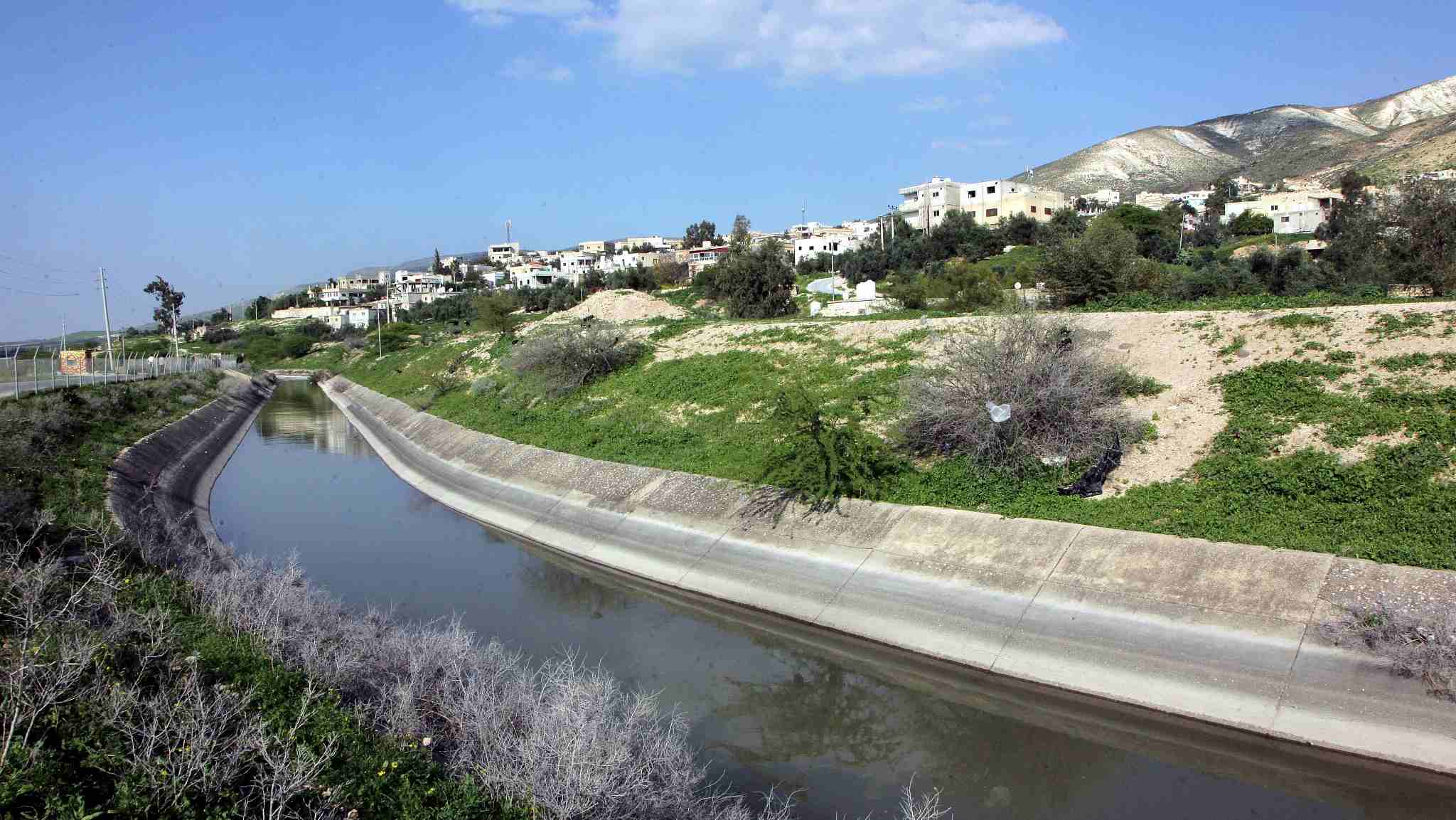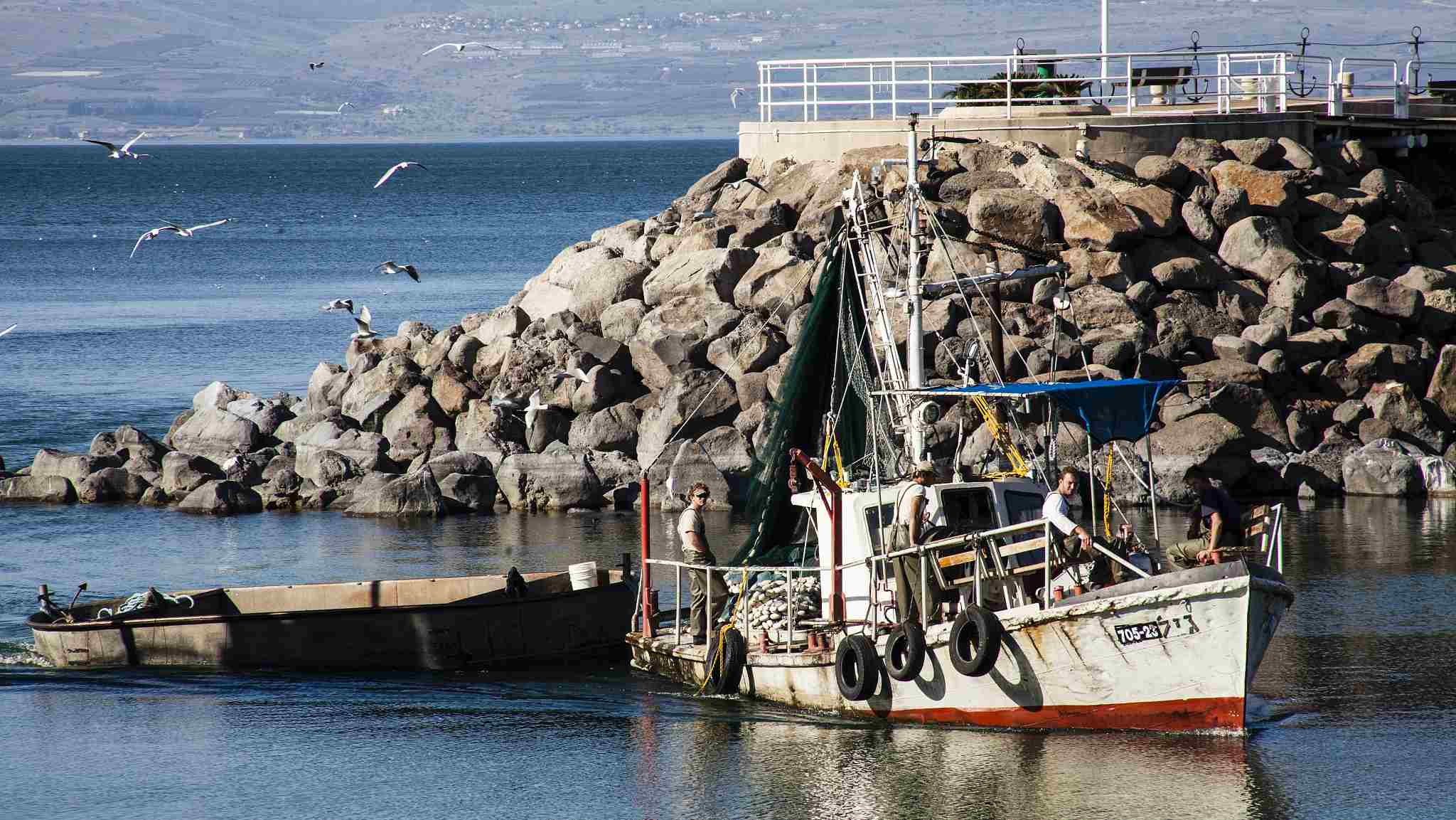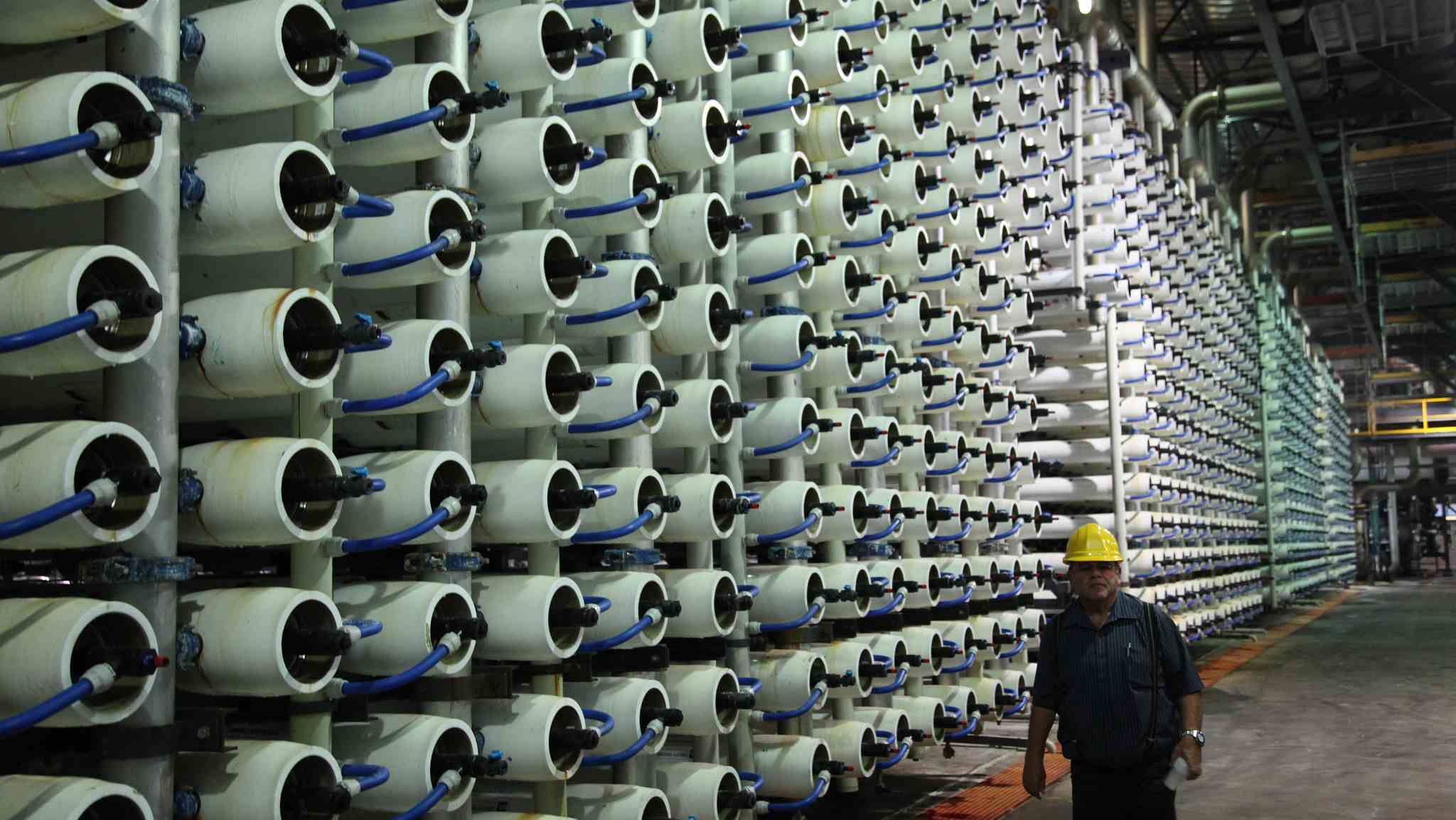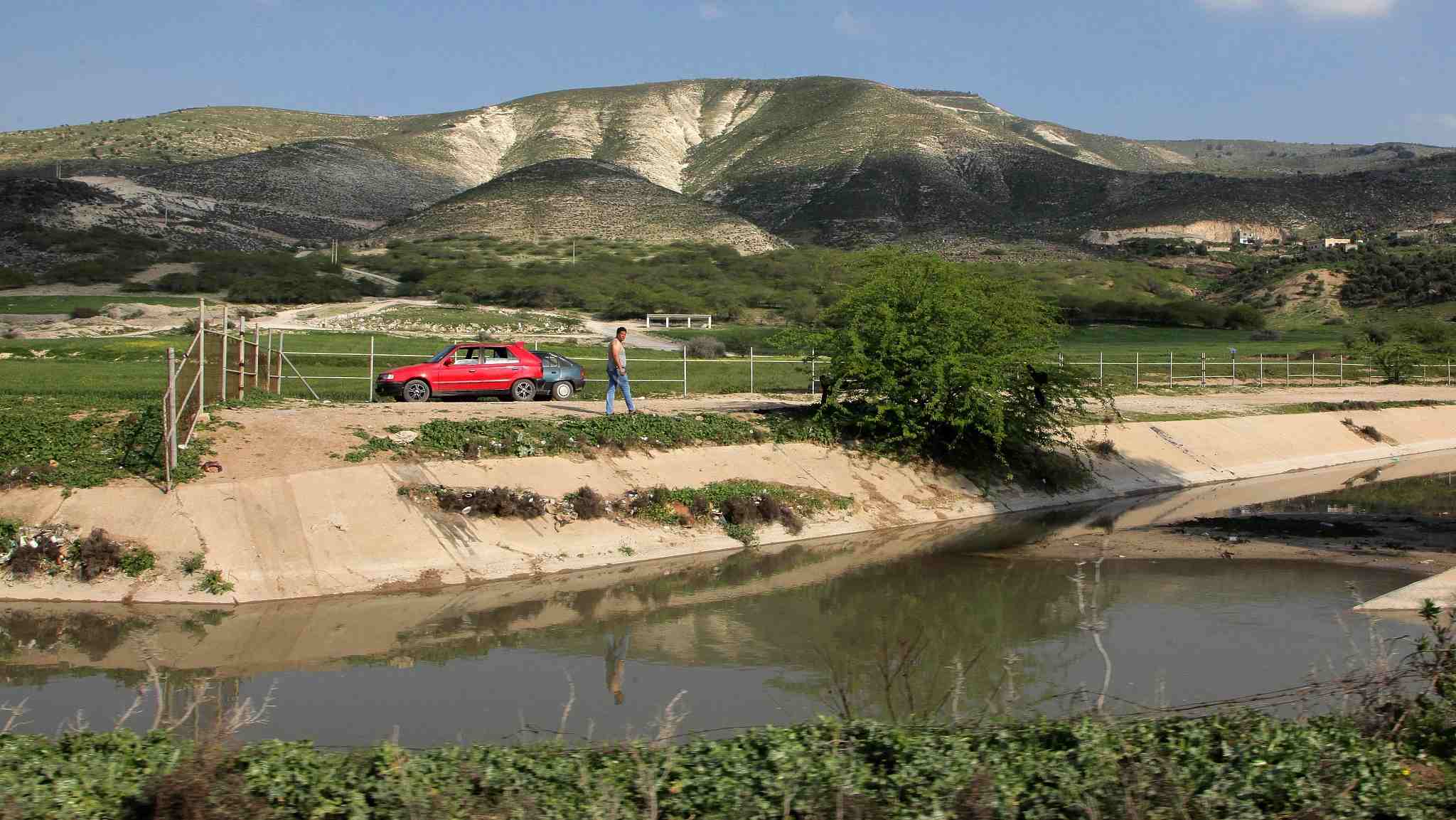
Tech & Sci
12:33, 05-Aug-2018
Israel’s world-known water strategy is now facing challenges
Updated
11:45, 08-Aug-2018
CGTN

Situated in the heart of the Middle East, Israel is in one of the driest regions on earth, traditionally relying on a short rainy season each winter to replenish its limited supplies.
What’s worse, years of decreased rainfall have reduced the Sea of Galilee, Israel’s main natural water source, to some of its lowest recorded levels. So for quite a long time, Israel’s water shortage is beyond our imagination.
So in order to survive, Israel's government came up with a series of methods to achieve water security. That’s how the world-famous water strategy came into our views.

Fishing Boats on Sea of Galilee /VCG Photo
Fishing Boats on Sea of Galilee /VCG Photo
The National Water Carrier of Israel started in 1953 was among the strategy and was one of the most significant infrastructure investments, transferring water from the Sea of Galilee in the north of the country to the arid south and most populated region which has done a great job in easing water supply shortage.
Meanwhile, the next big step carried out by the government was the desalination projects, which provide roughly 40 percent of Israel’s drinking-quality water. Once upon a time, the water authority felt confident to say that Israel has beaten the drought.

An engineer showing what was the world's largest desalination plant /VCG Photo
An engineer showing what was the world's largest desalination plant /VCG Photo
But things have become complicated in recent years.
Due to climate change, growing populations and the greater use of water for agriculture, a five-year drought is challenging that strategy.
Among the first to feel the drought’s sting have been farmers in Israel’s Galilee region. Israel has imposed a limit on the amount of water they can use, which has threatened an already tenuous livelihood and forced many to rethink their crops.
Israeli farmer Ofer Moskovitz can typically grow more than one crop each year, but for the first time he has chosen not to plant his wheat crops and is only growing avocados. “If I don’t water the avocado trees for one day they start getting weak. If I don’t water them for a year, 20 years would go down the drain,” he said.
Some say Israel’s technological prowess may not be enough to overcome the forces of nature, since the current drought has also dried out some tributaries that feed into the Jordan River, which flows south into the Sea of Galilee then squiggles 220 miles (360 kilometers) to the lowest place on Earth, the Dead Sea.

A pipeline from the Red Sea some 200 kilometers away. Israel and Jordan have long pursued a common goal to stop the Dead Sea from shrinking while slating their common need of drinking water. /VCG Photo
A pipeline from the Red Sea some 200 kilometers away. Israel and Jordan have long pursued a common goal to stop the Dead Sea from shrinking while slating their common need of drinking water. /VCG Photo
When the drought was in its infancy, Israel greeted it with a shrug, pointing to its massive investment in desalination. But the tone has changed recently, and over the last few months a televised ad again has pleaded with Israelis to save water because – rehashing a tagline from previous campaigns – “Israel is drying up.”
“Desalination doesn’t make up for everything, and when groundwater is suffering from drought and the Sea of Galilee is suffering from drought, you need to conserve,” said Caspi-Oron, one of the staff working for the government.
But still, Israel is keeping the technology a priority. The government passed a plan in June to tackle the drought, with its first objective to increase the amount of desalinated water. It also called for springs and tributaries to be rehabilitated and plans to add desalinated water to the Sea of Galilee starting next year, despite criticism from some that this could disturb the balance of minerals in the lake.
Source(s): AP

SITEMAP
Copyright © 2018 CGTN. Beijing ICP prepared NO.16065310-3
Copyright © 2018 CGTN. Beijing ICP prepared NO.16065310-3